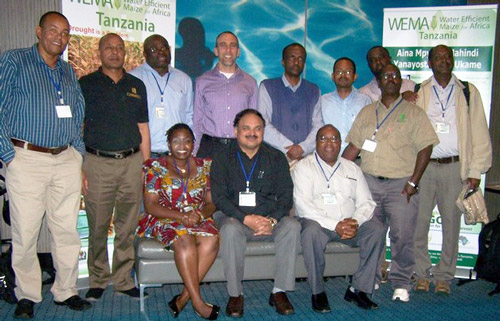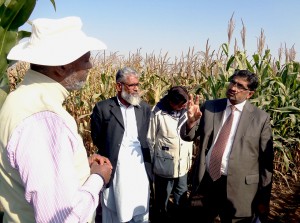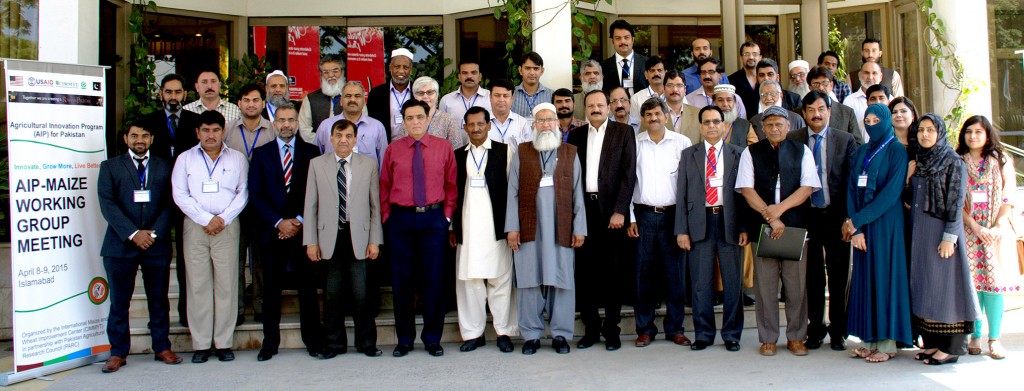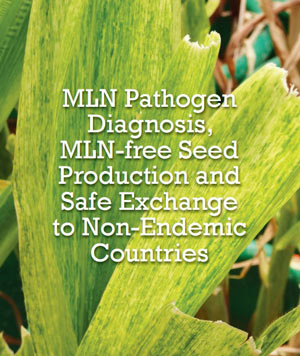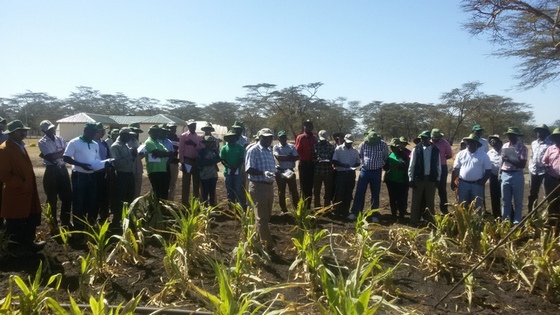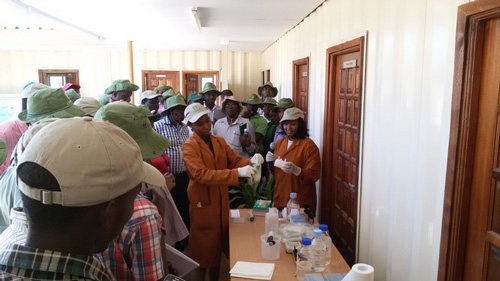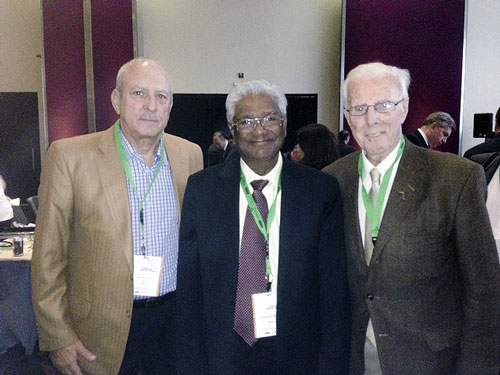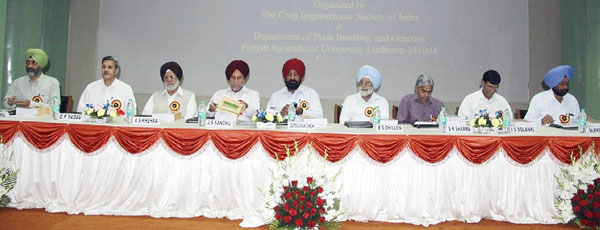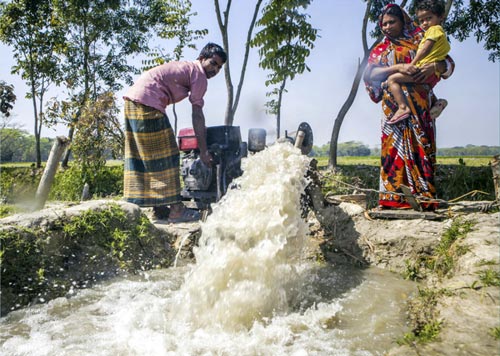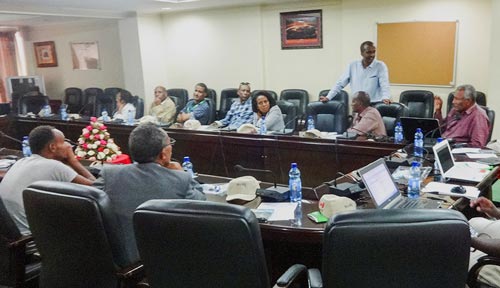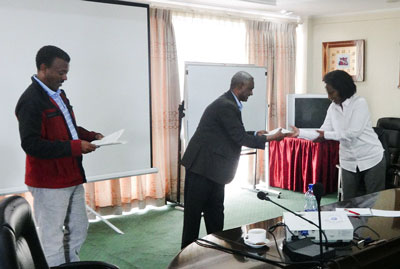How do you use maize and wheat in your favorite recipe?
EL BATAN, Mexico (CIMMYT) – Globally, an estimated 800 million people do not get enough food to eat and more than 2 billion suffer from micronutrient deficiency, or “hidden hunger,” according to U.N. food agencies.
As staple foods, maize and wheat provide vital nutrients and health benefits, making up close to two-thirds of the world’s food energy intake, and contributing 55 to 70 percent of the total calories in the diets of people living in developing countries, according to the U.N. Food and Agriculture Organization.
Scientists at the International Maize and Wheat Improvement Center (CIMMYT) are working to ensure the ongoing production of high-yielding, disease-resistant varieties of maize and wheat to improve both the quantity and nutritional quality of these key crops.
These measures include biofortification, a process by which scientists combine conventional plant breeding and lab work to improve the micronutrient content of maize and wheat. At CIMMYT, this process is being used to boost pro-vitamin A and zinc levels in maize and iron and zinc concentrations in wheat.
Boosting the micronutrient content of crops through biofortification can help tackle hidden hunger, simultaneously improving human health and economic growth leading to improved international development.
In order to shed light on the important role maize and wheat play in global nutrition, CIMMYT is celebrating the dietary value of these food staples — and we need your help.
Send us your favorite wheat or maize-based recipe. We’ll feature original recipes on our website and in our “A Grain a Day” cookbook to be published this summer.
Be sure to provide us with information about the dish, in addition to the recipe itself. What is its country of origin? When and how is it eaten? Does it have any cultural or historical significance? Has climate change or other external factors affected the ingredients?
If your recipe isn’t your own concoction, but has nutritional benefit, we’ll share the link on Twitter.
Please submit your recipe by June 15, 2015, to be included in the cookbook.
Looking to participate but lacking an original recipe? Tweet a picture or a copy of your recipe to @CIMMYT using the #GrainaDay hashtag Any questions? Write to Brittany Pietrzykowski (b.pietrzykowski@cgiar.org)
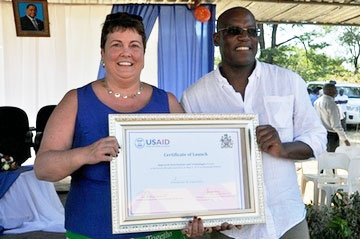
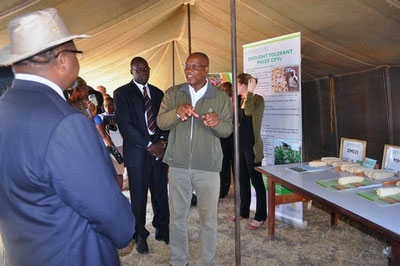
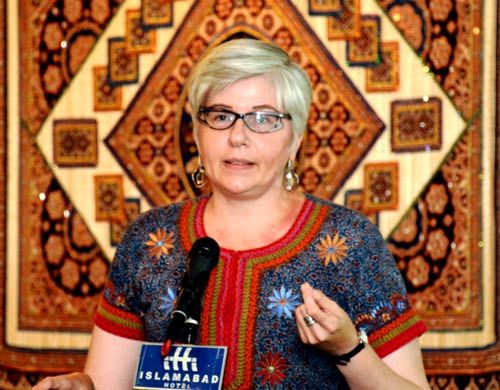
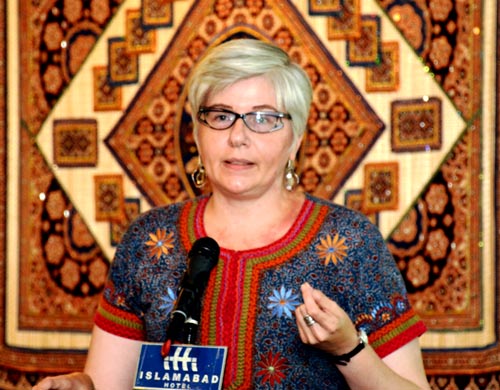
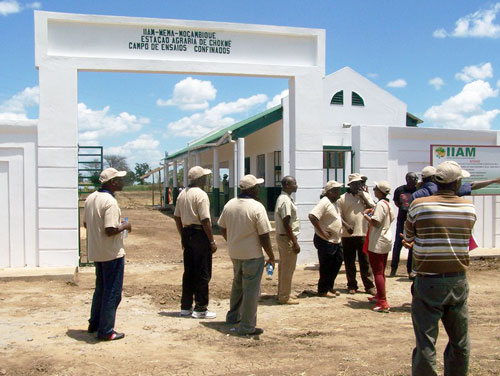
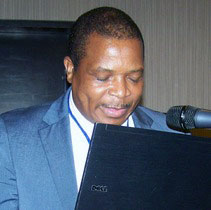 These momentous breakthroughs were revealed at the 7th WEMA Project Review and Planning Meeting in Maputo, Mozambique, which took place February 8–12, 2015. In his opening remarks, Dr. Inacio Mapossé (pictured left), IIAM’s Director General, said that Mozambique’s Ministry of Agriculture had been renamed to the Ministry of Agriculture and Food Security. This, he emphasized, was not just an exercise in words, but also underscored the importance of projects such as WEMA. In his words, “In Mozambique, you cannot talk about food security without talking about maize.” True. Statistics show that nearly all (95 percent) of Mozambique’s smallholders grow maize (report forthcoming), and that maize covers nearly half (40 percent) of the land devoted to annual crops. Hence, the ministry could well have been renamed to ‘The Ministry of Maize’ and the cap would have fitted!
These momentous breakthroughs were revealed at the 7th WEMA Project Review and Planning Meeting in Maputo, Mozambique, which took place February 8–12, 2015. In his opening remarks, Dr. Inacio Mapossé (pictured left), IIAM’s Director General, said that Mozambique’s Ministry of Agriculture had been renamed to the Ministry of Agriculture and Food Security. This, he emphasized, was not just an exercise in words, but also underscored the importance of projects such as WEMA. In his words, “In Mozambique, you cannot talk about food security without talking about maize.” True. Statistics show that nearly all (95 percent) of Mozambique’s smallholders grow maize (report forthcoming), and that maize covers nearly half (40 percent) of the land devoted to annual crops. Hence, the ministry could well have been renamed to ‘The Ministry of Maize’ and the cap would have fitted!